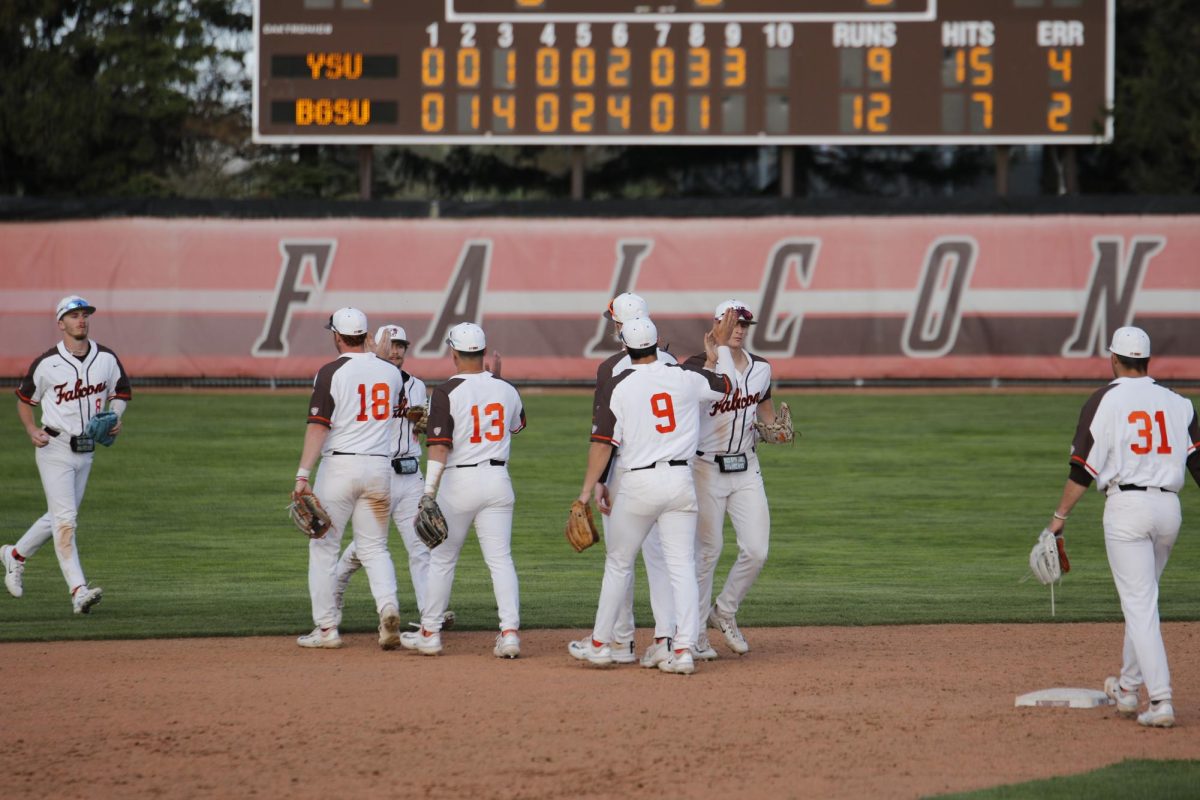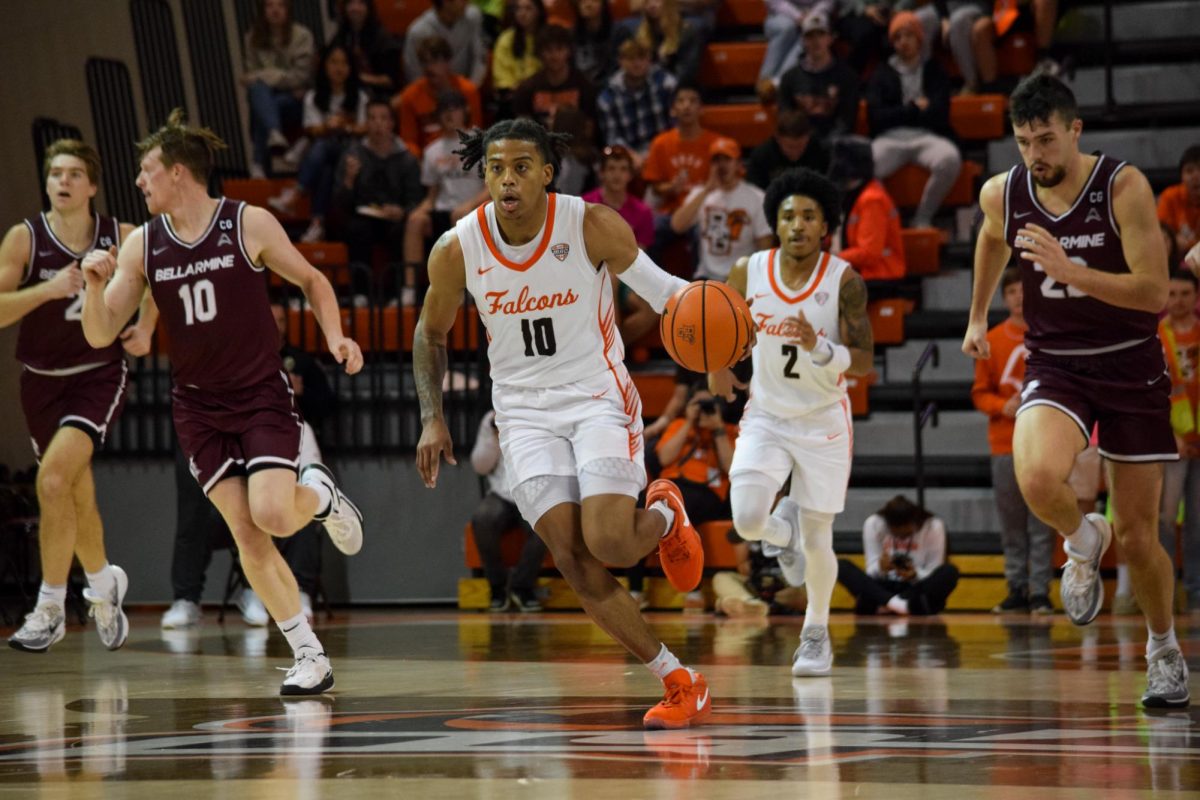CARBONDALE, Ill. – Bridge collapses could soon become a thing of the past.
The Federal Highway Administration’s Intelligent Transportation Systems program recently awarded SIUC a $1 million grant to create and test Internet-based wireless sensor research to provide almost instant data about the structural soundness of bridges.
“We wanted to be able to put up a sensor to measure the vital signature of the bridge so that we know whether the bridge is in good health, in a good service condition or has been deteriorating over time,” said Max Yen, director of SIUC’s Materials Technology Center.
Yen said the sensors measure deformation, vibration, cracking and corrosion among other things, and researchers will use a database to gather that information to analyze these parameters to see what condition the bridge is in.
University researchers currently have two bridges in mind, Yen said. The first, which is on campus lake, will be used to test the new wireless data acquisition system. Yen said they would install sensors and lay a DSL line so they can obtain the data through the Internet to the offices.
Yen said the university is required to put up a matching fund to the grant.
“This match is some in kind, some services, some with donations and some with realistic people participation doing the research together,” Yen said.
Yen said he expects to have the second bridge identified within the next two to three months. The selection of this bridge will be based on the recommendation of the Illinois Department of Transportation.
“This bridge has not been 100 percent identified, but since we have similar types of bridges throughout southern Illinois, it won’t be too difficult to find one,” Yen said.
Yen said the Department of Transportation will do a structural repair of the bridge they choose and he plans to install sensors before and after repairs to determine how effective the repairs of the structure turn out to be, for quality assurance.
The sensors would remain on the structure to continuously monitor its performance, but it may take some time for those sensors to be installed.
“Winter time is not necessarily a good time for construction, so I would assume that, if we’re going to install the sensor, it’s going to be some time in spring,” Yen said.
The sensors each have an IP address. With that address, researchers can extract the data from the sensor instead of entering it into a computer and then uploading it to Internet browsers so it can be accessed by the necessary entities. This way, the data is available instantaneously to anybody. Yen compared their sensors to cell phone Wi-Fi technology and its ability to sense the necessary technology in airports and coffee shops.
The grant for the project was approved Oct. 15, and since then researchers have been doing laboratory proofing for the data acquisition system and determining what other sensors, if any, they should implement once the second bridge is identified with IDOT.
The study of the initial two bridges will demonstrate that everything from the data sensors, data acquisition process, communication, Web sites and analysis all work. Once that is demonstrated with the two bridges, Chris Williams, a junior from West Frankfort studying civil engineering, said the technology could be passed on to other applications.
“For instance, I’ve been working on an application right now that’s a model fire detection in a house,” Williams said. “If you had one of these data acquisition systems in every room, it’s Internet based, so if there’s a fire in a house and you had a photoelectric smoke sensor or a temperature sensor in each room with a data acquisition system, then it could directly, over the Internet, send a trigger to the fire department and they would be able to know the exact location of the fire in the building.”
The technology could also be used for environmental and security purposes, Yen said. He added that they are trying to gather this information for future customers, not just their current project, and make it easier to make this system adaptable to other applications.
“The idea 10, 20 years ago would be just fantasy,” Yen said. “Now it’s much more realistic because of the development of communication technology, sensors and Internet.”
















